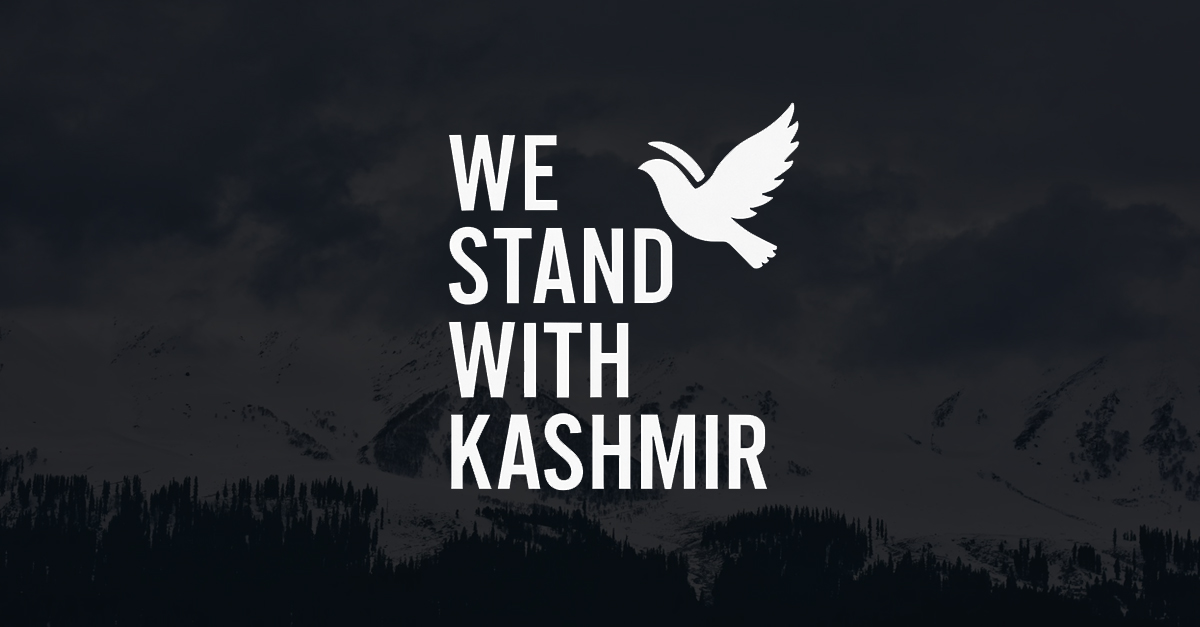
The recent terrorist attack in Kashmir has once again shaken the nation—and not just emotionally, but culturally and commercially as well. In moments like these, the advertising industry is forced to confront a crucial truth: you can’t operate in a vacuum.
In a world where content is consumed in real-time and emotions run high, brands must evolve beyond scheduling and selling—they must become empathetic responders to the times we live in.
🕯️ A Tribute to the Bravehearts
We pause here to honor the lives lost in the Kashmir terror attack. Our thoughts go out to the families of the fallen soldiers and civilians whose lives were cut short in an act of senseless violence.
May their courage never be forgotten, and may their sacrifice remind us of the fragility of peace and the strength of unity.
In moments like these, silence speaks louder than slogans. Solidarity matters more than strategy. And humanity must take precedence over marketing.
1. Silence Over Sales: Campaigns Get Paused
When tragedy strikes, especially involving terrorist attacks and loss of life, most brands choose silence over visibility. Promotional messaging, celebratory creatives, or humorous copy can appear tone-deaf or disrespectful.
Whether it’s an e-comm sale or a fast-food push, timing suddenly becomes everything.
Ad campaigns are either paused, rescheduled, or modified to reflect the national mood. This isn’t just optics—it’s an ethical call.
2. Brand Messaging Turns Purpose-Driven
For brands that choose to speak, messaging usually takes a purposeful route—often centered around solidarity, national unity, or tributes to those affected.
Think:
- Black and white logo edits
- Quiet tributes on social media
- Donating media space for awareness or support
This shift isn’t performative—it’s necessary. Consumers today expect brands to show up with empathy, not ego.
3. Media Plans Get Rewritten
Media houses, platforms, and advertisers instantly hit pause on any scheduled content that feels “off.” In some cases:
- Ad slots are handed over to news updates
- Pre-roll YouTube ads are switched to public service announcements
- CTV and news placements are pulled or reviewed
If your campaign strategy doesn’t account for breaking news or tragedy buffers—you’re running a dangerous game.
4. Geo-Targeting and Cultural Sensitivity Go Hand-in-Hand
Localized ads running near Kashmir or other conflict zones are typically paused or geo-restricted. But it’s more than just turning off a pin on a map.
Culturally nuanced creative (especially in regional languages) gets re-reviewed to avoid triggering content, especially if your product or service has nationalistic undertones.
5. Platform-Level Moderation Gets Stricter
Platforms like Google and Meta have zero tolerance for content around terrorism or violence. Even ads using keywords like “Kashmir” or “terror” for non-related purposes can get:
- Flagged
- Restricted
- Delayed in review queues
Advertisers need to be vigilant with their targeting, keyword strategies, and most of all—intent.
6. Social Listening Becomes Your Crisis Radar
When a national tragedy trends, social listening isn’t optional—it’s your lifeline.
Tools like Sprinklr, Brandwatch, and Talkwalker help marketers:
- Gauge the mood
- Predict backlash
- Tweak messaging in real time
If your brand is scheduled to drop a new “vibrant Kashmir travel ad” the day after an attack—you better catch that before the comments do.
Final Word: Stay Human, Stay Humble
We live in a hyper-connected world where news impacts narrative. And when terror strikes, it reminds us that advertising is not just about reach and ROI—it’s about relevance and responsibility.
So next time your brand is mid-campaign during a national crisis, ask:
- Should we speak, or stay silent?
- Is this content respectful of what’s happening?
- Are we being reactive—or responsibly responsive?
Because in moments like these, ads don’t just sell—they represent.


